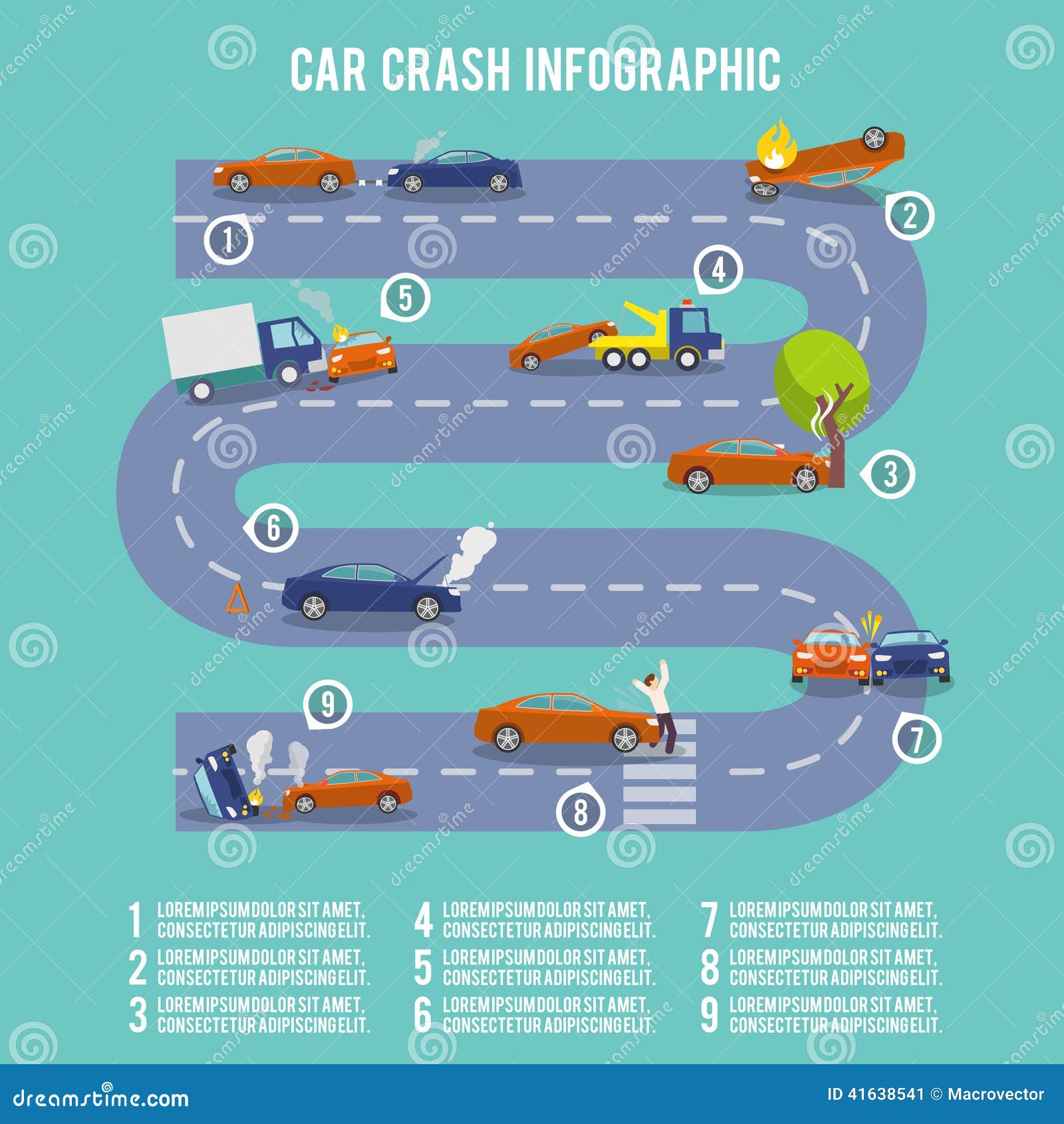Gain Insight Into The Control Panel Caution Lights In Your Vehicle To Understand Their Effects On Your Vehicle'S Health And Security
Gain Insight Into The Control Panel Caution Lights In Your Vehicle To Understand Their Effects On Your Vehicle'S Health And Security
Blog Article
Web Content By-Hernandez Heath
When you're behind the wheel, those beautiful warning lights on your control panel can be a little bit bewildering. Do protec recognize what they're attempting to tell you concerning your car's health and wellness? Recognizing the significance of these lights is essential for your security and the durability of your lorry. So, the following time among those lights pops up, would not you wish to decode its message properly and take the required actions to resolve it?
Common Caution Lights and Interpretations
Recognize common caution lights in your cars and truck and understand their significances to guarantee risk-free driving.
One of the most typical caution lights include the check engine light, which signifies concerns with the engine or discharges system. If this light comes on, it's vital to have your car examined immediately.
The oil stress alerting light indicates low oil stress, calling for immediate focus to stop engine damage.
A flashing battery light could suggest a faulty charging system, possibly leaving you stranded otherwise dealt with.
The tire stress monitoring system (TPMS) light alerts you to reduced tire pressure, influencing lorry security and fuel performance. Ignoring this could result in risky driving conditions.
The abdominal light indicates a problem with the anti-lock stopping system, compromising your capability to stop rapidly in emergency situations.
Last but not least, the coolant temperature level advising light warns of engine overheating, which can cause extreme damage if not fixed quickly.
Comprehending these typical caution lights will certainly assist you resolve issues promptly and maintain safe driving problems.
Significance of Prompt Focus
Recognizing the typical warning lights in your cars and truck is only the initial step; the importance of promptly resolving these cautions can't be emphasized sufficient to ensure your safety and security on the road.
When a caution light brightens on your control panel, it's your automobile's means of connecting a prospective issue that requires attention. Overlooking these cautions can bring about extra serious issues down the road, jeopardizing your security and possibly costing you much more in repairs.
Trigger interest to cautioning lights can stop malfunctions and crashes. For example, a blinking check engine light could suggest a misfire that, if left neglected, might create damage to the catalytic converter. Addressing https://www.business-standard.com/article/current-affairs/right-to-repair-delhi-s-cellphone-and-auto-markets-cautiously-optimistic-122072200612_1.html without delay can conserve you from a costly repair work.
In a similar way, a brake system warning light could signify low brake fluid or worn brake pads, important components for your safety when driving.
DIY Troubleshooting Tips
If you notice a warning light on your control panel, there are a few do it yourself fixing ideas you can attempt prior to seeking expert assistance.
The very first step is to consult your vehicle's guidebook to comprehend what the specific caution light suggests. In some cases the concern can be as easy as a loosened gas cap causing the check engine light. Tightening the gas cap may deal with the trouble.
Another common problem is a reduced battery, which can cause different alerting lights. Checking the battery links for deterioration and guaranteeing they're safe might fix the problem.
If a warning light lingers, you can try resetting it by detaching the cars and truck's battery for a few minutes and afterwards reconnecting it. Furthermore, inspecting your automobile's liquid degrees, such as oil, coolant, and brake fluid, can assist repair cautioning lights connected to these systems.
Final thought
Finally, recognizing your auto's caution lights is important for keeping your vehicle running smoothly and safely. By quickly resolving these alerts and recognizing what they imply, you can avoid costly repair work and prospective break downs.
Remember to consult your cars and truck's guidebook for certain information on each warning light and act as necessary to make certain a trouble-free driving experience.
Keep informed, remain risk-free when driving!
